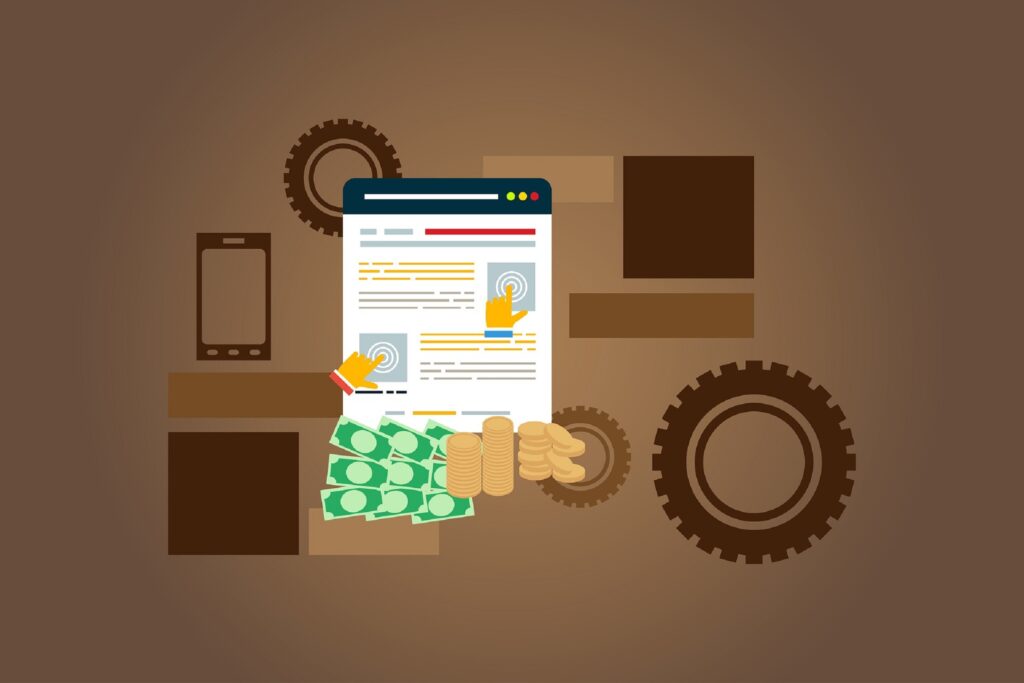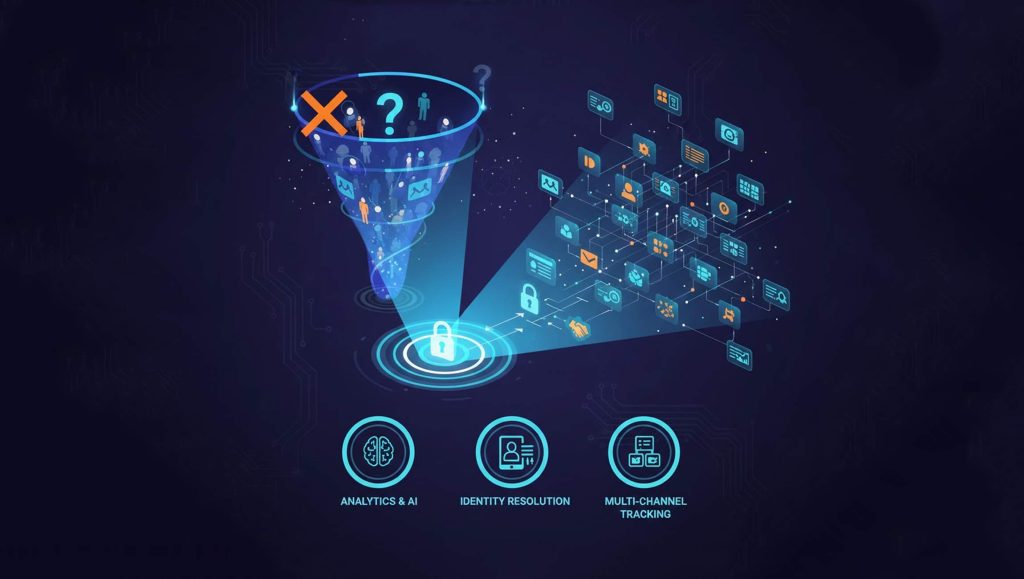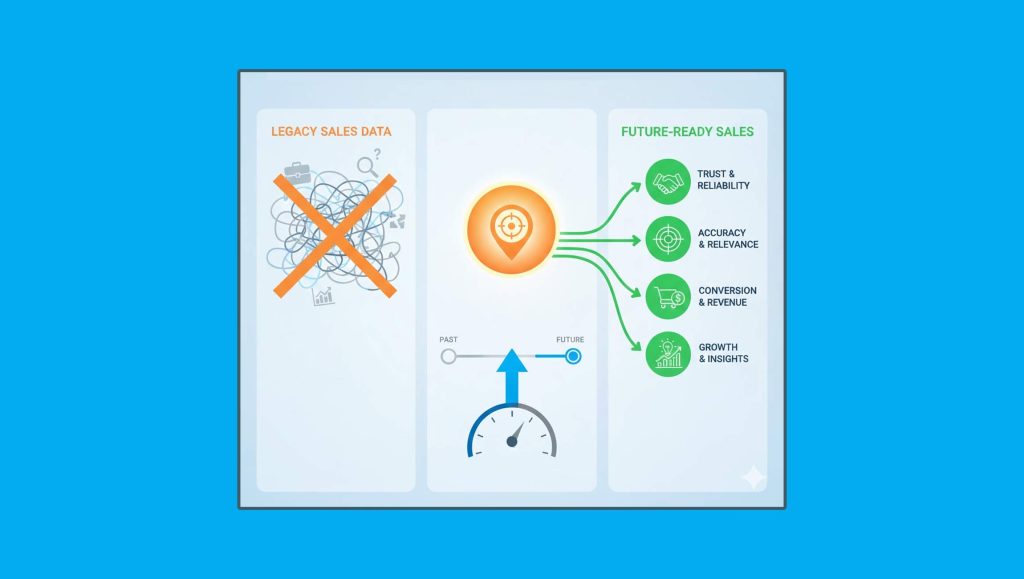Experts say that B2B agile selling models are here to stay. In fact, agile selling is a key ingredient in the B2B marketing-sales mix. Let us reflect on it more…
Modern consumers are well-informed and empowered. As a result, they keep on challenging brands to become faster and offer more intuitive and interactive when it comes to sharing information about their products and services. Whether it is B2C or B2B business, agility plays a crucial role. This has led to the discovery of a new term in marketing & Sales – Agile Sales.
What is Agile Selling?
In simple words, agile selling breaks down complex deliverables into small and manageable pieces to offer value faster.
Agile sales take up a cue from the IT world like daily stand-ups, sprints, and constant iteration, and apply them to help teams become more flexible. As a result sales teams can meet the evolving demands of customers at all stages of their customer journey.
To incorporate the agile selling strategy into your sales processes, here are three core values of agile selling that your sales teams must address:
- Aligning customers and solutions: The first step in achieving an agile selling model is to keep the customers and appropriate solutions aligned. Not only this, but salespersons should also remain at the forefront to ensure that the solution is aligning with the needs of the customers.
- Re-iteration: To cope with this market which boasts of break-neck competition, it is essential to bring changes to an organization. Thus, frequent iteration of sales processes is required.
- Support through tools and processes: Experts believe that advanced tools help organizations to make changes to the organization systems easily.
Implementing Agile Selling into your Sales processes
Agile selling is a methodology that is centered around seven essential processes. Let us discuss these in detail below:
1. Sprints
First and foremost, you must divide a large chunk of work into small sprints with a deadline of two to three weeks maximum. With these sprints at hand, you can call your salesperson, share the goals of the sprints and assign tasks.
2. Daily Stand-ups
Stand-ups are helpful for teams of all sizes that work collaboratively. Some of these teams are ABM teams, BDR-AE teams, and tiger teams. The idea is simple – before starting the work for the day, have a quick 5-10 minutes status update meeting to know the progress on the sprints assigned.
3. Short-term goals
The long-term sales objectives are overwhelming. It is time to relieve the burden and start with short-term goals. Honestly, this is the entire purpose of agile selling. Do not look at the end goal and instead, break the bigger goal into smaller achievable objectives.
4. Flexible strategy
We already discussed that flexibility and iteration are foundation pillars of agile selling. Flexibility demands reacting in real time to the new data and adapting to it as needed. As a leader, you need to keep analyzing what is happening and take action accordingly. Once you adopt a new strategy, all you have to do is to keep iterating about it.
5. Leveraging a CRM
You have a huge organization of so many employees, without a system, it will become difficult to keep everything aligned. We talked about support tools and yes, you need them. Leveraging a CRM is a good idea, and to ensure your agile selling model is working well, you can have tools for that as well. Here are some top agile sales enablement tools for you.
- Scaura
- Showell
- Pitcher
- Modus
- Paperflite
6. Data
Modern sales management is all about consumer data. Whether you are a marketing manager, a sales executive, or a sales rep, data tells you if your strategy is working and if not, how you must improvise in the future.
With the help of AI-based tools, you can generate actionable insights based on the data. For example, you review the consumer data for the last quarter and find gaps in the sales goals. You compare the data with the sales reps’ behavior, find out the flaws, and correct them.
7. Review
Reviewing is the last step in the process of agile selling. As you have completed each sprint, it is now time to review everything in place. You can be happy to see the goals achieved and work harder in the next quarter on the goals that you missed out on.
If you are a sales manager, you can lead the meetings and discuss the achievements and flaws in the sales strategy. Your sales reps must assume responsibility for their failures, and you should motivate to do better the next time.
Wrapping Up
If you follow the right guidelines to create an agile selling model, it will become a natural process for your sales teams. The system helps you leverage data, motivate team members, and get the best possible results.
Read More: How to Drive Engagement and Fuel Sales with NFTs with These Best Practices in 2023





















